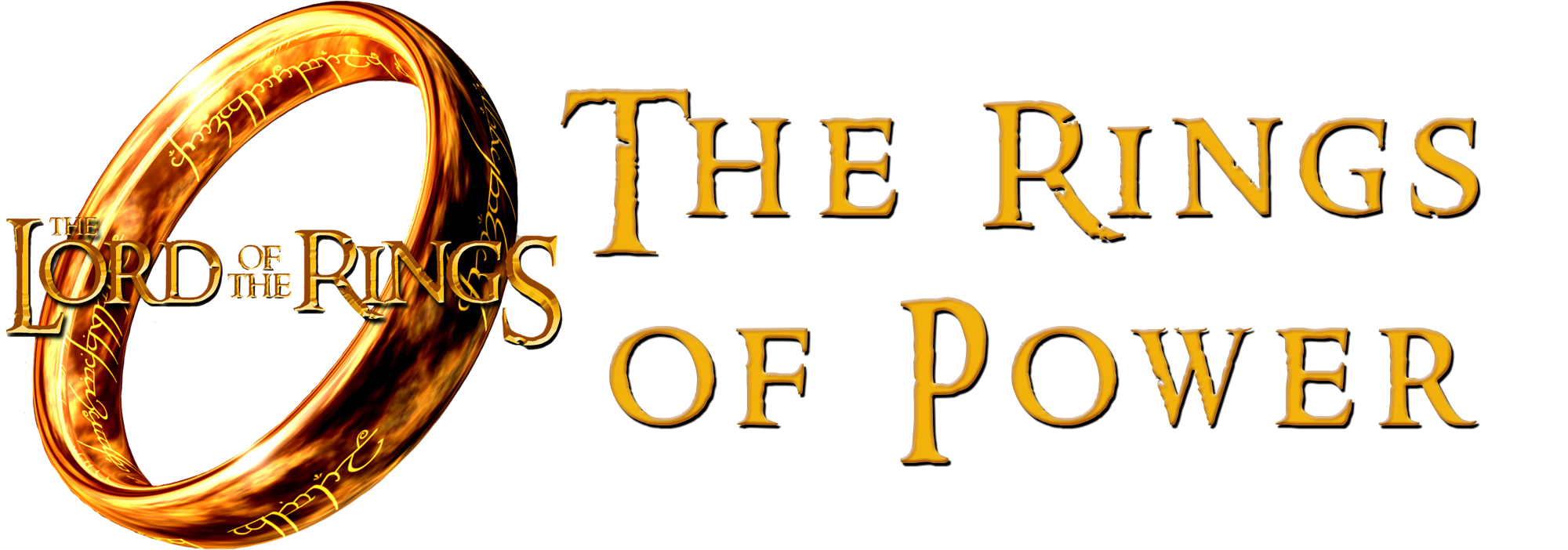“Three Rings for the Elven-kings under the sky,
Seven for the Dwarf-lords in their halls of stone,
Nine for Mortal Men doomed to die,
One for the Dark Lord on his dark throne
In the Land of Mordor where the Shadows lie.
One Ring to rule them all, One Ring to find them,
One Ring to bring them all and in the darkness bind them
In the Land of Mordor where the Shadows lie.“
The Rings of Power were 20 magical rings forged in the Second Age, intended by Sauron to seduce the rulers of Middle-earth to evil. Disguised as a benevolent entity called Annatar, Sauron taught the Elven-smiths of Eregion, led by Celebrimbor, how to craft the rings. Nineteen of these rings were made: three rings for the Elves, seven rings for the Dwarves, and nine rings for Men. One additional ring, the One Ring, was forged by Sauron himself at Mount Doom. The nineteen lesser Rings were linked somehow to the power of the One, and were dependent on it. Their wearers could be controlled by the wearer of the One, and if the One was destroyed, their own powers would fade.
According to Gandalf, one feature of the Rings of Power that appeared to be universal was that a mortal who wore any one of the Rings was granted a lifespan far beyond their natural one. It is likely that this is an unintended side-effect of the Rings’ power, as Sauron originally intended for all the Rings to be worn by Elves, who were immortal to begin with. The individual who kept the Ring would not grow or obtain more life, however; they would merely continue until living became unendurable. Bilbo Baggins stated near the end of his time possessing the One that he was beginning to feel “thin and stretched”, a sign that this process was beginning to affect him.
The Three that remained to the Elves were carefully hidden from Sauron. They were not created as weapons of war or as a means to dominate others; their purpose was to preserve the beautiful Elven domains where their bearers resided, and to aid in healing and resisting evil. However, they were still linked to the One Ring, and whoever wore the One could, with effort, see the thoughts of those who wore the Three.
In The Silmarillion, it is indicated that the Seven Rings of the Dwarves were not fundamentally different from the Nine that were given to Men, for originally Sauron had intended the Seven and the Nine to reside in Elven hands so that he might control them. It is implied in that work that Sauron simply gave Men nine of sixteen lesser Rings because they were more easily controlled. However, the Nine and the Seven are referred to in other works as each being its own distinctive set. If they were different in their effects on their wielders or in the powers they conferred, it is not stated. It is also mentioned in Unfinished Tales that the Seven were created before the Nine. Sauron helped to create the Seven and the Nine, so it is likely that their powers and effects on their wielders were similar, even if each set was distinct. It is important to note that the fact that the Seven did not subdue the Dwarves is related to the resilient nature of the Dwarves themselves, not the Rings. It is likely that the effects of one of the Nine on a Dwarf would be the same as those of one of the Seven, and were a Man to wield one of the Seven, he would likely still become a wraith. The Three were fundamentally different because Celebrimbor, working alone, created them for specific purposes not in tune with Sauron’s line of thought, and Sauron presumably did not know of their creation until after the fact.

